Creating an environment conducive to recovery involves multiple layers of safety, support, and structure.
Recovery from substance use disorder is a complex journey that extends beyond individual effort. The environment in which recovery takes place plays a pivotal role in fostering stability, emotional well-being, and long-term sobriety. This guide explores comprehensive strategies to create safe, supportive, and trauma-informed environments that empower individuals to heal, thrive, and sustain their recovery goals.
Establishing a Trustworthy and Supportive Atmosphere
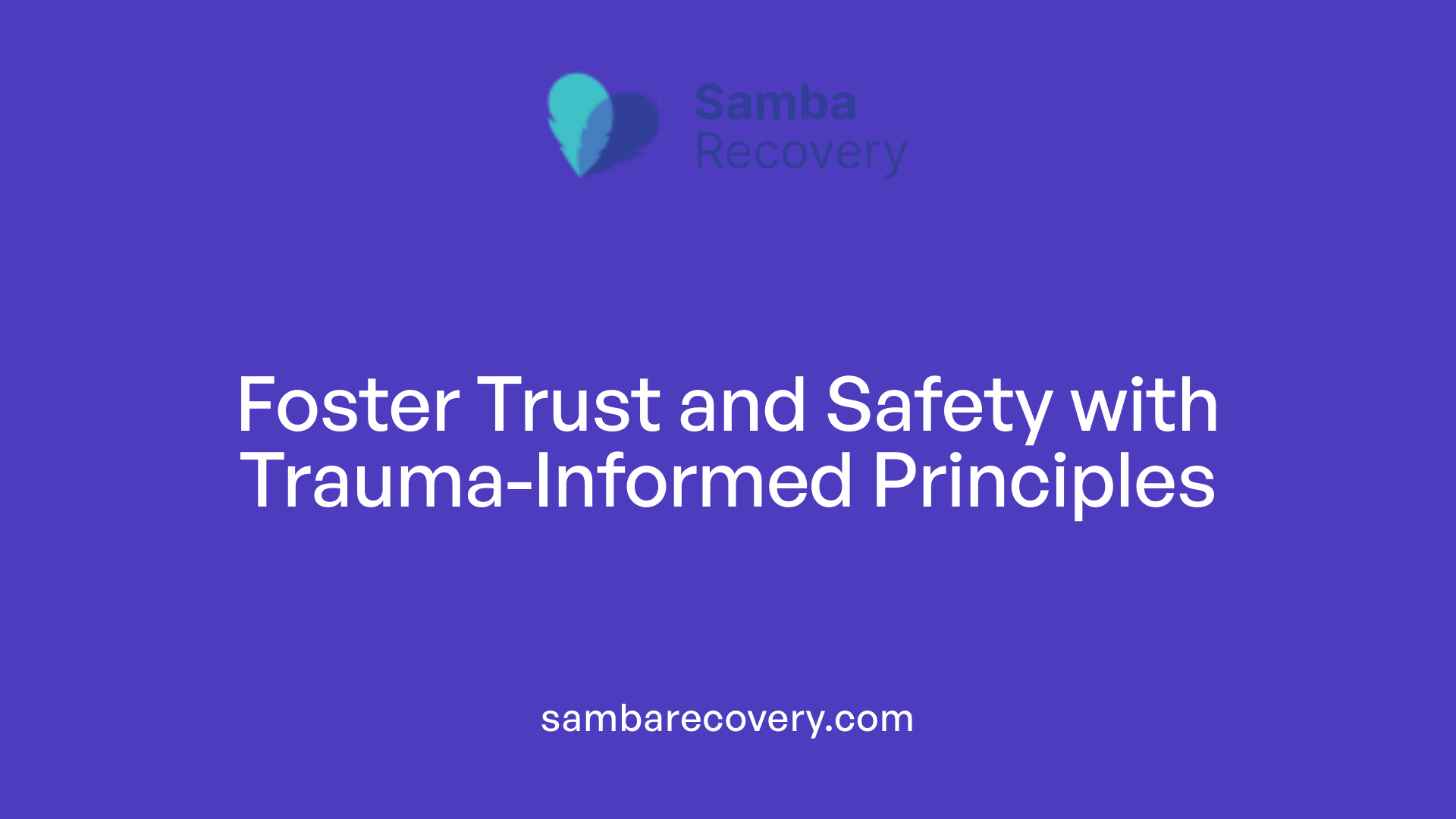
Creating a safe and trustworthy environment is crucial for successful recovery. This begins with establishing a space that is completely substance-free, ensuring that triggers are minimized. Removing drugs, alcohol, and paraphernalia from the home or recovery setting helps promote sobriety and reduces temptation.
Incorporating trauma-informed care principles is essential. This approach recognizes that many individuals in recovery may have past trauma, and it emphasizes safety, trustworthiness, and choice. Adjusting organizational policies to reduce potential stressors and triggers contributes to an environment where patients feel respected and secure.
Open, honest, and empathetic communication fosters trust and encourages sharing. Establishing clear boundaries while listening without judgment helps build a foundation of mutual respect. Family involvement, support groups, or peer networks can further bolster emotional safety and connection.
A person-centered approach ensures that recovery plans are tailored to individual needs, preferences, and strengths. This involves respecting personal boundaries, promoting autonomy, and providing choices whenever possible. A structured routine, healthy habits like balanced nutrition, exercise, and sufficient sleep, as well as community participation, support overall well-being.
Physical spaces should also enhance emotional health. Using calming colors, natural light, aromatherapy, and elements of nature can foster relaxation. Creating dedicated areas for meditation, journaling, or other therapeutic activities supports emotional growth.
Overall, a holistic and personalized environment, grounded in safety, empathy, and empowerment, nurtures long-term recovery. Supportive recovery settings blend physical comfort with emotional reassurance, guided by trauma-informed practices and a person-centered philosophy.
For more information and best practices, search for "Supportive recovery environment best practices."
Creating Physical and Emotional Safety in the Space
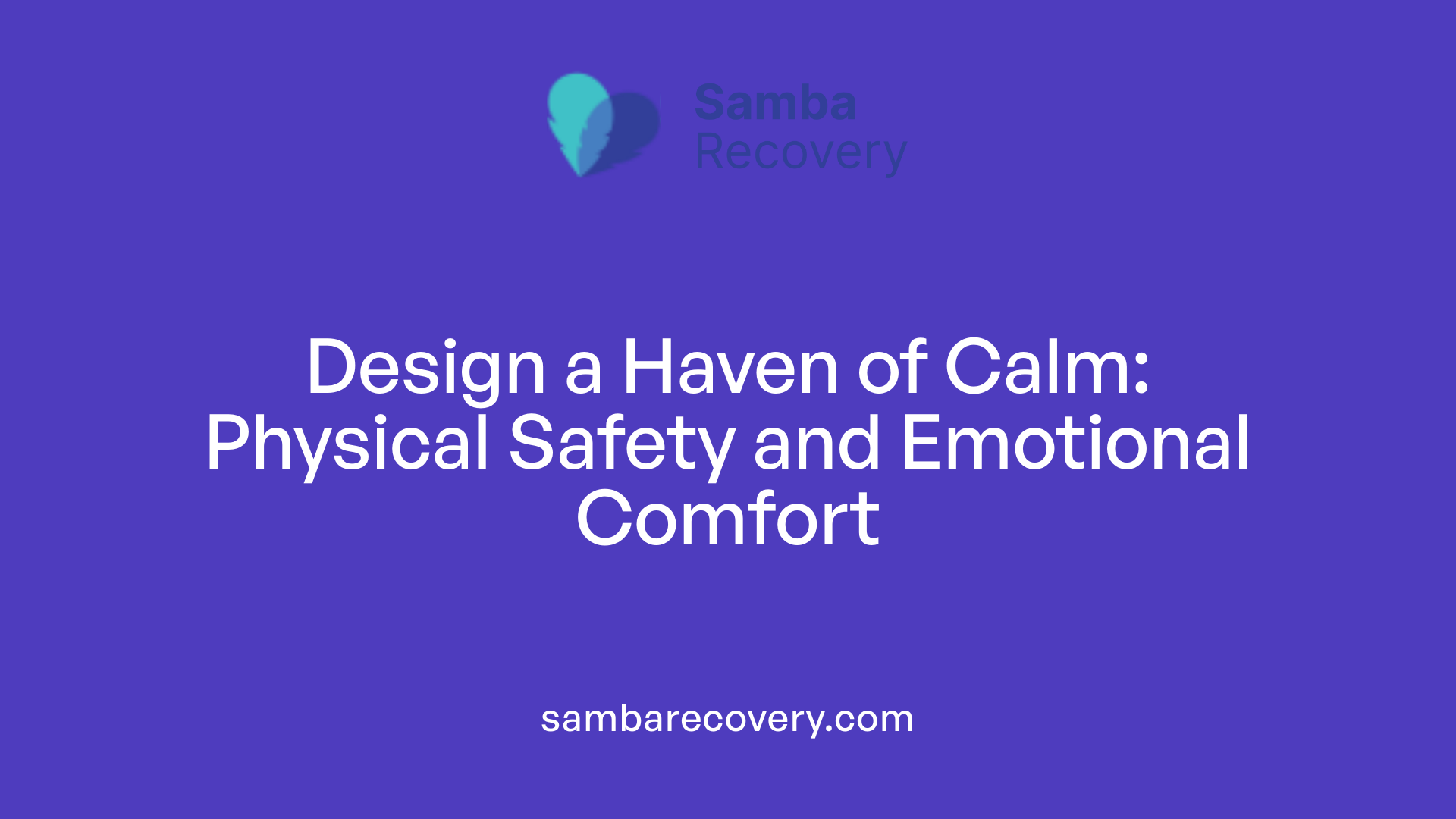
How can you create a safe environment at home to support recovery?
Creating a safe environment at home is vital for supporting recovery from addiction. Physically, it starts with securing the home by removing substances, paraphernalia, and any items linked to past substance misuse. Ensuring all entrances and exits are clear and well-lit helps prevent accidents and facilitates emergency escape if needed. Good lighting throughout the house reduces risks and boosts mood. Privacy is also essential; having private spaces encourages honest communication and rest.
Reducing environmental stressors is equally important. Minimize noise levels using earplugs, white noise machines, or calming music, and keep clutter to a minimum to promote order and reduce anxiety. Creating a calm, organized space with soothing colors, personal mementos, and aromatherapy can foster relaxation.
Establishing routines and consistency provides stability—regular schedules for meals, sleep, and activities help reduce stress and increase predictability. This encourages discipline and focus on recovery goals.
Fostering emotional safety involves open, honest communication. Family members and residents should speak calmly, listen attentively, and validate each other’s feelings. Encouraging positive interactions and respectful boundaries builds trust and emotional security.
By integrating these physical and emotional safety measures, individuals in recovery are better equipped to avoid triggers, manage stress, and develop resilience. A secure and supportive home environment encourages healing, promotes confidence, and sustains sobriety.
Designing Trauma-Informed Healing Environments
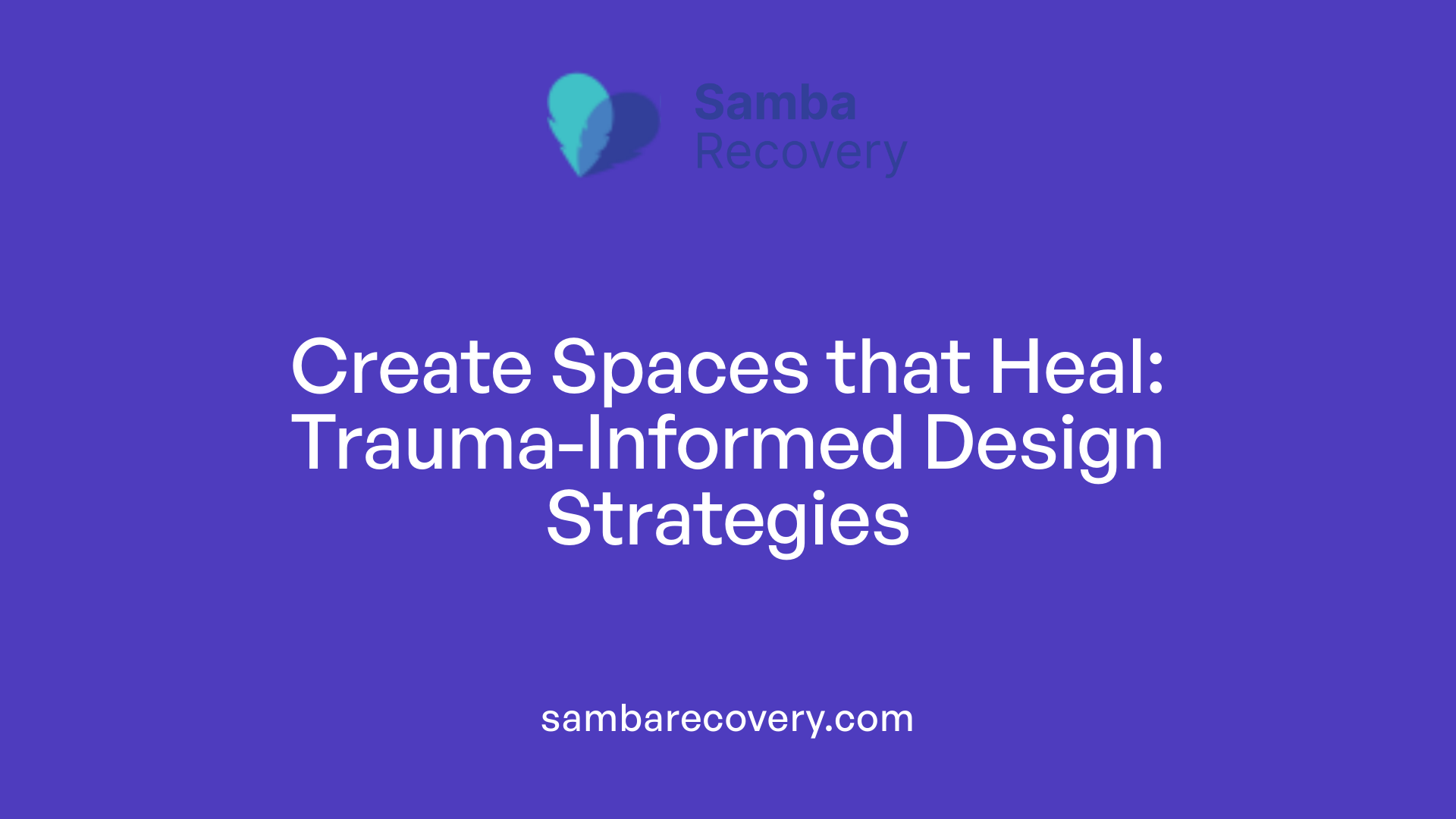
How do you create a safe environment for trauma survivors?
Creating a safe environment for trauma survivors involves both physical safety and emotional reassurance. Physically, this includes maintaining accessible entrances, ensuring locks are functional, providing adequate lighting, and offering privacy to prevent any sense of exposure or vulnerability. These elements help survivors feel protected from external threats.
Emotionally and socially, reducing conflicts within the space is vital. This involves setting clear boundaries, sticking to predictable routines, and minimizing stressful interactions or large gatherings that could trigger trauma responses. Establishing consistent schedules creates a sense of stability and trust.
Implementing trauma-informed practices—such as validation, respectful communication, and appropriate boundaries—fosters an environment of support and respect. Encouraging family involvement and promoting self-care practices further bolster emotional security. Such an environment nurtures healing by making trauma survivors feel secure, respected, and in control of their recovery journey.
Physical space modifications to ensure safety and calm
Creating a calm and organized physical space is essential. Use soothing colors, soft lighting, and aromatherapy to promote relaxation. Incorporate natural elements like plants and calming decor, which can reduce stress and foster a sense of peace.
-Minimize environmental stressors such as noise pollution by using soundproofing, earplugs, or white noise machines.
-Ensure spaces are free from clutter, which can increase anxiety and chaos.
-Designate private areas for therapy and reflection where clients can retreat when feeling overwhelmed.
The goal is to create a welcoming and reassuring physical setting that mitigates triggers and supports emotional stability.
Using soothing colors, lighting, and aromatherapy
Color choices can influence mood profoundly. Soft, muted shades like blues, greens, or neutral tones help calm the nervous system. Adjustable lighting allows individuals to control their environment, avoiding harsh or fluorescent lights that can be distressing.
Aromatherapy adds another layer of comfort. Scents like lavender, chamomile, or sandalwood are known to reduce anxiety and promote relaxation. Diffusers or scented cushions can be subtly incorporated into therapy rooms or communal areas.
Minimizing environmental stressors like noise and crowding
Limiting noise and crowded settings prevents sensory overload, which can exacerbate trauma symptoms. Use noise-canceling headphones, soundproofing panels, or white noise to create a peaceful atmosphere.
Avoid overcrowding in spaces; instead, design rooms that afford enough personal space. Clear signage and designated quiet zones provide safe retreats for those needing a break.
Providing private, comfortable areas for therapy and reflection
Privacy fosters trust and openness. Dedicated therapy rooms should be cozy, inviting, and free from interruptions. Incorporate comfortable seating, calming decor, and personal touches to make these spaces feel secure.
For reflection and self-care, create areas with calming lighting, soft furnishings, and access to nature or inspiring visuals. These dedicated spaces support ongoing healing and help individuals reconnect with their inner sense of safety.
Supporting Emotional Well-Being with Healthy Habits and Social Networks
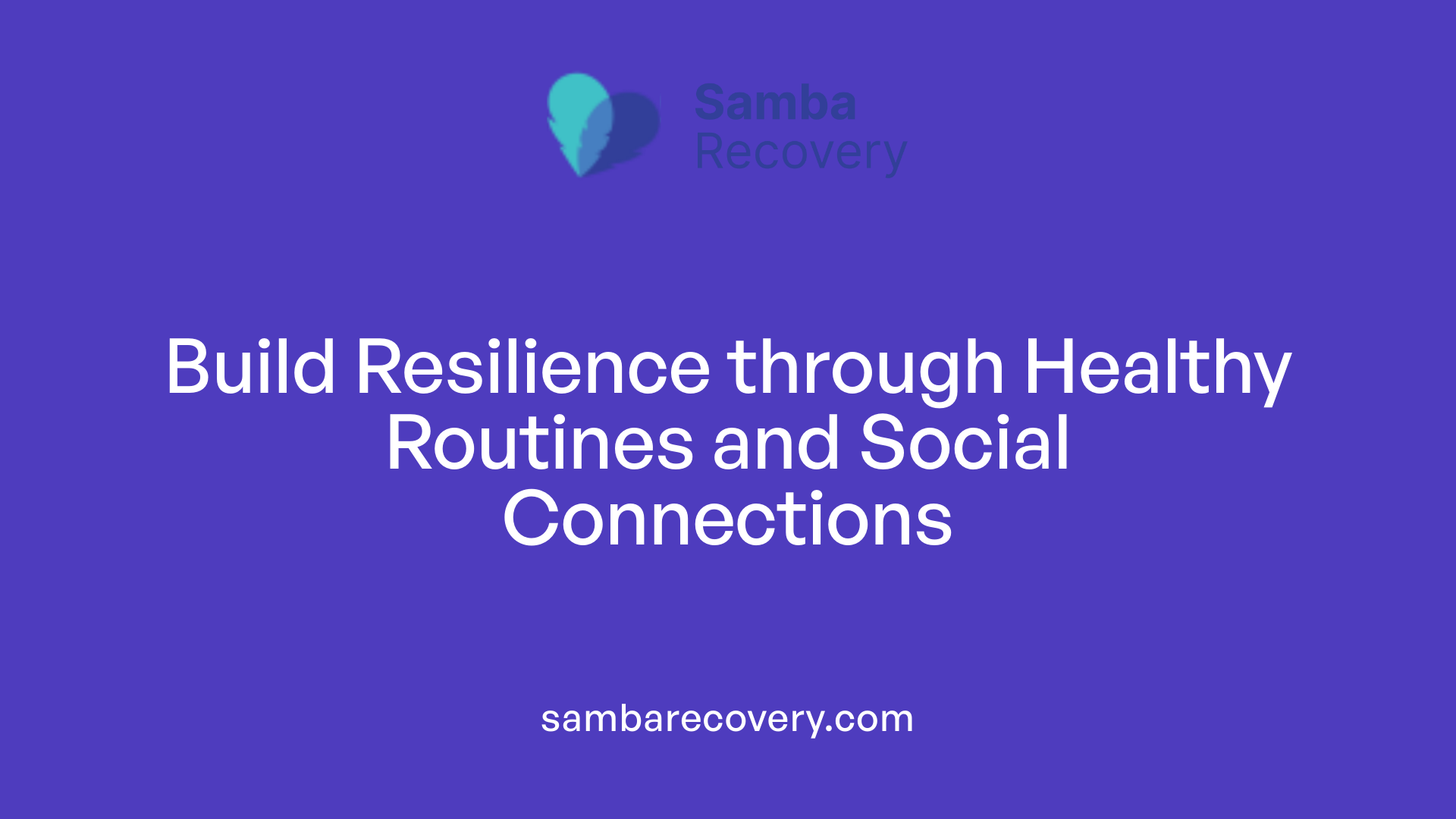
How can encouraging positive daily routines and mindfulness practices support recovery?
Establishing a daily routine helps reduce anxiety and provides a sense of stability, which is vital during recovery. Incorporating mindfulness practices such as meditation and deep breathing can help manage stress and promote emotional calmness. These routines create a predictable environment that nurtures mental resilience.
Why is balanced nutrition, sufficient sleep, and regular physical activity important?
Proper nutrition supplies essential nutrients that support brain function and mood stability, essential for sustaining sobriety. Adequate sleep helps regulate emotions and reduces cravings. Regular exercise not only improves physical health but also releases endorphins, boosting overall mood and resilience against relapse.
How can building a strong social support system enhance recovery?
A supportive network of family, friends, and recovery groups offers encouragement and accountability. Sharing experiences and feelings with trusted individuals fosters emotional healing and provides reassurance. Maintaining respectful boundaries within these relationships helps create a safe environment conducive to long-term sobriety.
What role do recovery-friendly activities like hobbies and community involvement play?
Engaging in hobbies such as gardening, art, or volunteering diverts attention from triggers and promotes feelings of accomplishment. These activities foster a sense of purpose and belonging, reinforcing a positive lifestyle that supports ongoing recovery. Connecting with community offers additional social support and reduces feelings of isolation.
Maintaining Flexibility and Long-term Support Strategies
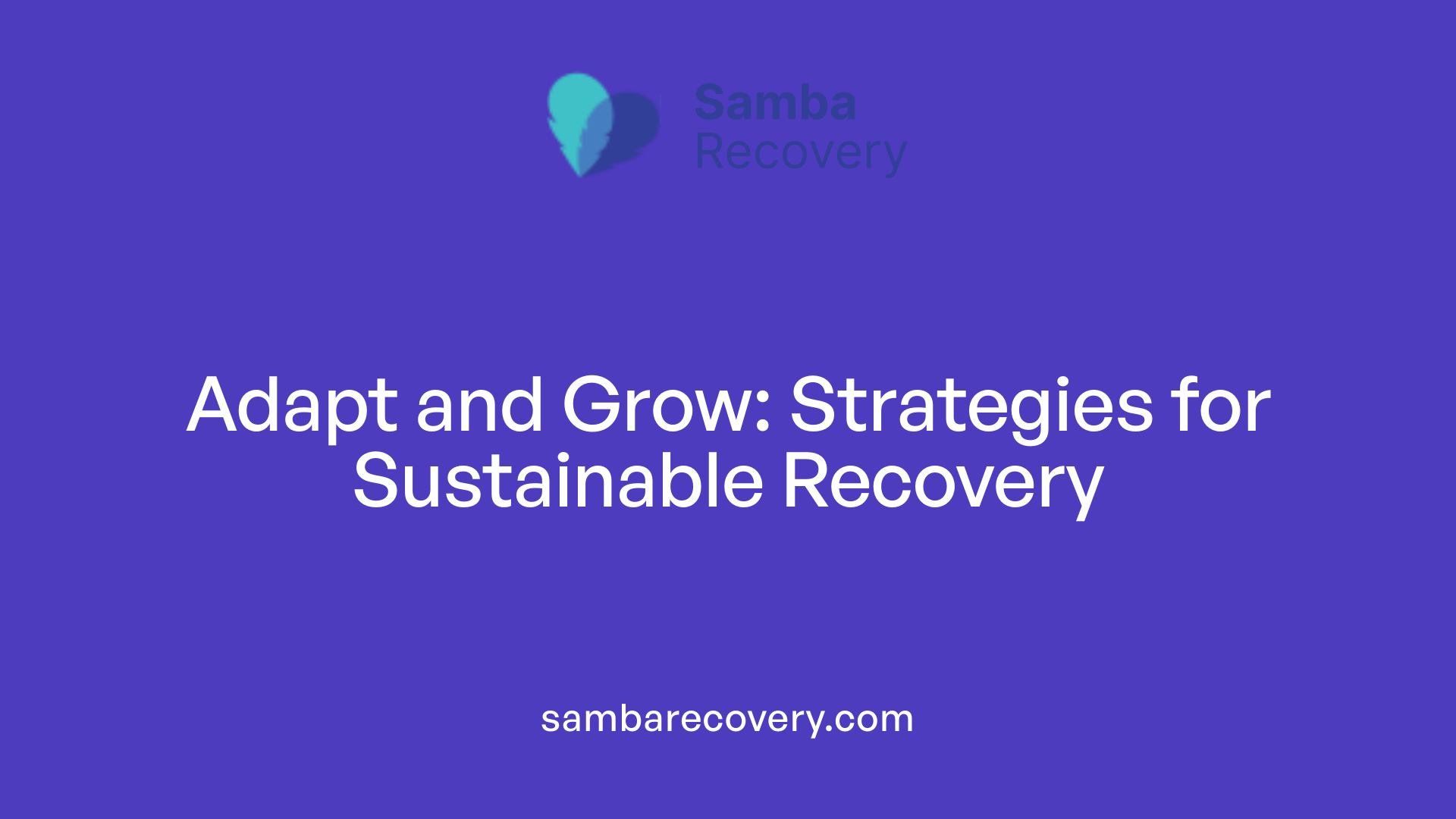
Why is it important to regularly re-evaluate and adjust the recovery environment?
A recovery environment should evolve to meet changing needs. Regular assessment helps identify new triggers or stress points that might affect ongoing recovery. Adjustments like decluttering, enhancing safety, or renewing motivation through inspirational decor can refresh the space.
How can patience, compassion, and resilience be fostered during recovery?
Recovery is a process that often involves setbacks. Cultivating patience and compassion within oneself and from loved ones creates a supportive atmosphere. Resilience grows by learning from challenges, maintaining hope, and embracing small successes.
What role does ongoing connection with community resources and professional support play?
Staying engaged with recovery groups, counseling, and community activities sustains motivation and accountability. Support networks provide emotional reinforcement, practical advice, and a sense of belonging, all essential for long-term sobriety.
How can a culture of accountability and continued growth be built?
Establishing routines, setting achievable goals, and celebrating milestones encourage responsibility. Open communication about progress and setbacks fosters trust and motivates continuous improvement, making recovery a dynamic process.
| Strategy | Focus Area | Benefits | Additional Notes |
|---|---|---|---|
| Routine re-evaluation | Environment | Keeps space safe and motivating | Schedule regular assessments to adapt surroundings |
| Practice patience and compassion | Emotional resilience | Builds trust and nurtures growth | Support self and others through understanding |
| Engage with community resources | Support systems | Maintains motivation and accountability | Attend support groups, therapy, and community events |
| Foster accountability | Personal responsibility | Encourages ongoing progress | Use goal-setting and milestone celebrations |
Creating and maintaining a flexible, supportive, and responsive environment is essential for sustained recovery. It helps individuals develop resilience, stay connected with vital resources, and cultivate an atmosphere where growth is continuous.
Building a Resilient Future
Developing a safe recovery environment is an ongoing process that involves physical safety, emotional support, trauma-informed care, and community engagement. By establishing routines, respecting boundaries, and fostering positivity, families, caregivers, and treatment providers can create spaces that not only support sobriety but also promote healing, resilience, and personal growth. A supportive environment is the foundation for lasting recovery, empowering individuals to navigate challenges with confidence and hope.
References
- Creating a Supportive Home Environment for Recovery
- How to Make Your Home and Surroundings Conducive to Long …
- Creating a Safe Environment for Trauma Survivors
- Creating a Safe Space: Nurturing Yourself and Practicing Self-Love …
- Create a Positive Recovery Environment – Dr. Michael McGee
- Creating a Supportive Home Environment for Alcohol Recovery
- How to create a safe space in your treatment center – One Step
- What Can I Do to Create a Healing Environment?
- 8 Ways Your Environment Can Support Recovery
- The Importance of a Safe Addiction Recovery Environment






